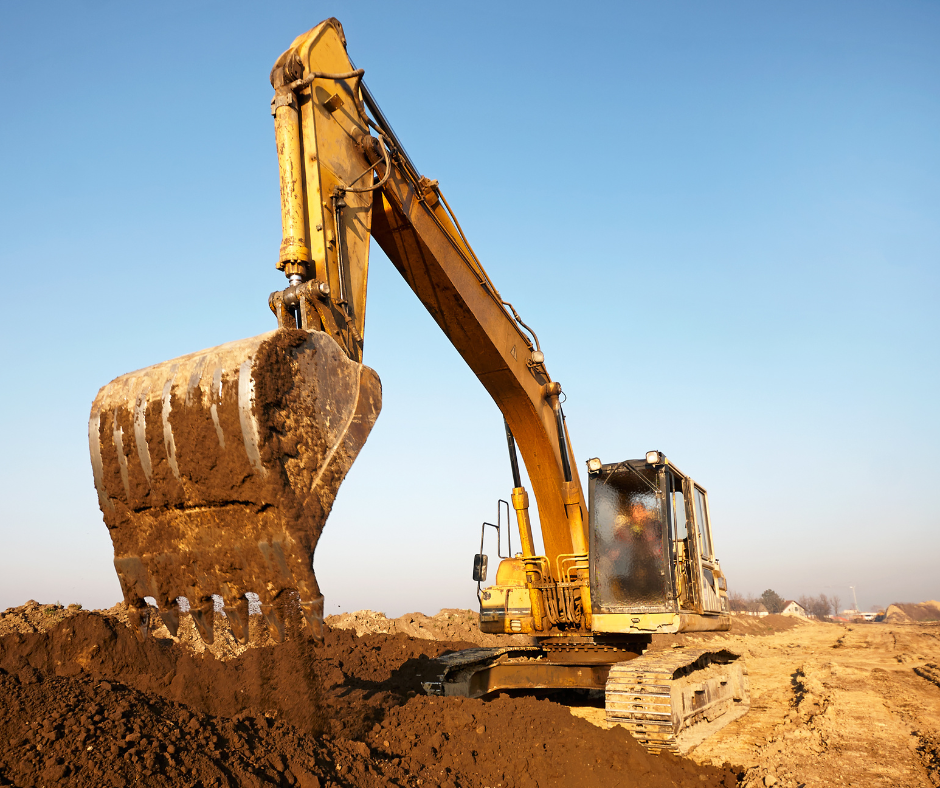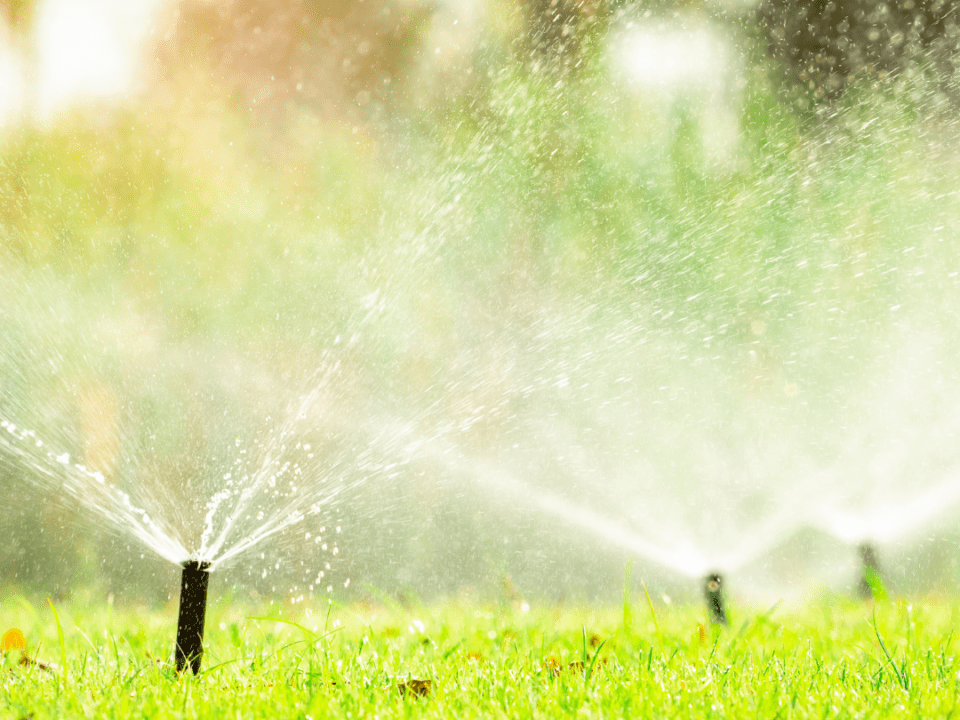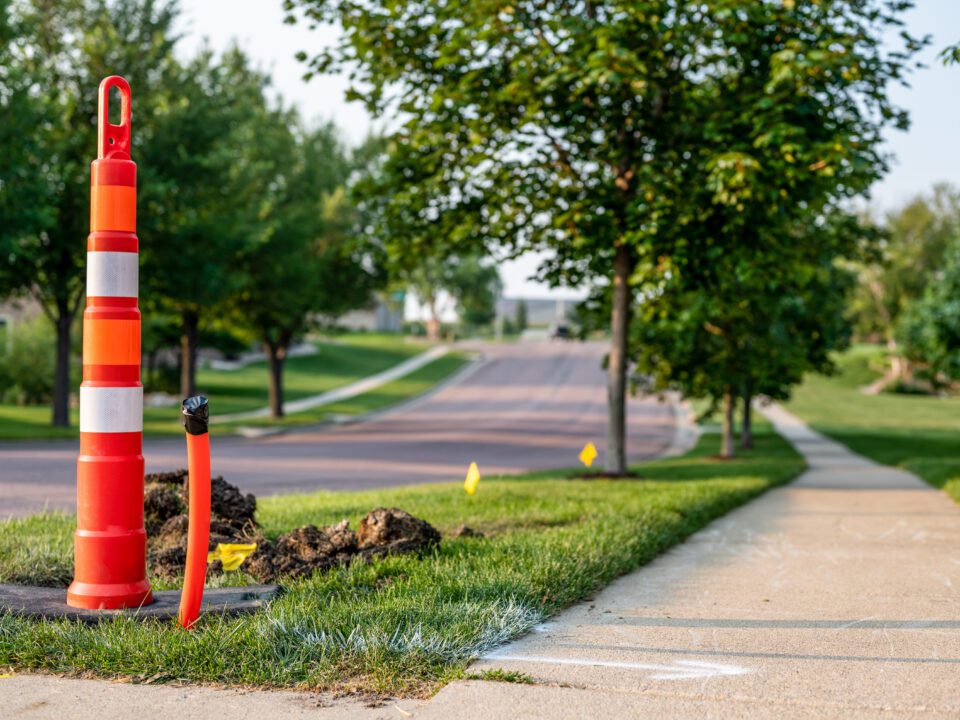
Directional boring projects in the winter: What you need to know
February 1, 2022
Myth or fact: What you need to know about digging
August 31, 2022If you are doing a project this spring, you might be considering choosing directional boring for some of the work.
When you are choosing directional boring for your project, there are a few things to watch for. Directional boring is a way to install underground wires and utilities without trenches, meaning the ground is not disrupted in the same way – meaning there is less damage to landscaping and other areas and also, less of an environmental impact.
However, when you choose directional boring, there are things to watch for. Here are some things to consider.
Soil conditions
While directional boring can be used in many types of soil (clay, rock, sandy, silt), there are some types of soil that may not be a good fit. If you are in an area with large or hard, abrasive rocks, it might not be possible to use directional boring – or it might be more costly. That’s why it’s always a good idea to make sure the contractor you are considering knows the area and tests the soil prior to beginning the project.
Surveying the area
A good directional boring contractor will do a field observation or survey before beginning the project to make sure there won’t be claims or disputes with the work. Also, the contractor should obtain proper permits and documents prior to beginning work. These surveys can also identify concerns or potential hazards before the work begins so an estimate is accurate, and any challenges can be mitigated.
When undertaking any major project, it’s always a good idea to make sure to have open communication with your contractor and make sure you when you are choosing underground boring, you know the specs of the project beforehand.
Quality Directional Boring
If you have an upcoming project and have questions, Quality Boring can help answer your questions. Contact us today!


